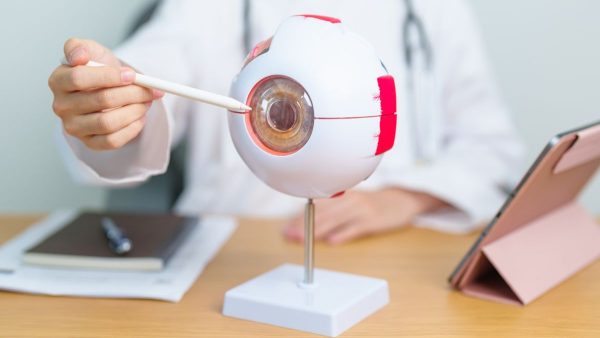Best treatment for diabetic retinopathy

Living with diabetes comes with challenges, and one of the most important is keeping an eye on your vision—literally. Diabetic retinopathy is a serious condition that can sneak up on you, potentially leading to vision loss if left untreated. But don’t worry; while there’s no cure for it, there are treatments that can help protect your eyesight. Understanding your options can empower you to make the best decisions for your eye health.
When do you need treatment?
If you’ve been diagnosed with diabetic retinopathy, it doesn’t always mean you’ll need treatment right away. But there are some situations where acting quickly can save your sight:
- Macula involvement: If diabetic retinopathy has started affecting the macula—the part of your retina that helps you see clearly in the center of your vision—you’ll need to begin treatment to prevent things from worsening.
- Proliferative retinopathy: Occurs when new, abnormal blood vessels start growing in the retina. These vessels are weak and can bleed, leading to severe vision problems.
- Severe peripheral vision loss: If your side vision is already compromised, getting treatment to prevent further loss is crucial.
The earlier you catch and treat diabetic retinopathy, the better your chances of preserving your vision.
Exploring treatment options
No single treatment fits everyone, but here’s a closer look at the most common ways to manage diabetic retinopathy:
Laser treatment (photocoagulation)
Laser treatment is like a first line of defense against diabetic retinopathy. It’s a tried-and-true method that helps stop bleeding and fluid leakage in the retina. There are two main types:
- Focal photocoagulation: targets specific spots in your retina that leak fluid. It is particularly beneficial if the macula is involved, as it can help clear up blurry vision caused by swelling.
- Scatter (pan-retinal) photocoagulation: If you have proliferative retinopathy, this more extensive laser treatment can help slow down the growth of troublesome new blood vessels. While it doesn’t restore lost vision, it’s great for keeping things from worsening.
Laser treatments are usually done in an outpatient setting so you can go home the same day. It’s quick and effective, giving you peace of mind that your condition is being managed.
Vitrectomy: a surgical solution
If your diabetic retinopathy is more advanced, especially if there’s been bleeding into the vitreous (the gel-like substance inside your eye) or if scar tissue has started pulling on your retina, a vitrectomy might be the best option. This surgery removes the vitreous gel and replaces it with a clear solution, helping to restore vision and prevent further complications.
While surgery might sound daunting, it can make a big difference in improving your vision and keeping your eyes healthy. It’s often the best choice when other treatments aren’t enough.
Anti-VEGF injections: targeting the problem at its source
Anti-VEGF injections block the protein that causes abnormal blood vessels to grow in your retina. These injections can reduce swelling, stop further damage, and even improve your vision. This treatment is a game-changer for many people, especially when combined with other therapies.
The injections might sound scary, but they’re quick and relatively painless. Most people find them well worth the temporary discomfort because they help protect what matters most—your sight.
Steroid injections and implants: long-term solutions
In some cases, steroids are injected directly into the eye to manage inflammation and swelling. Implants, like Iluvien, that slowly release medication over time are also available. These can be particularly helpful if macular edema is a concern.
These treatments are more specialized but can be vital to your overall care plan, keeping your eyes stable over the long haul.
The bigger picture: managing your blood sugar
All these treatments manage the effects of diabetic retinopathy, but the most critical factor in protecting your vision is controlling your blood sugar. High blood sugar starts the whole process, so keeping it in check is vital—even if your eyes respond well to treatment.
Managing diabetic retinopathy is about more than just medical procedures—it’s about taking control of your health and making choices that protect your vision for the long run. By staying proactive, working with your doctor, and understanding your options, you’re not just treating a condition but safeguarding your ability to see the world clearly.
This journey may have its ups and downs, but knowing there are effective treatments available should give you hope and confidence. Your vision is worth every effort, and with the proper care, you can keep seeing the world as brightly as ever.
